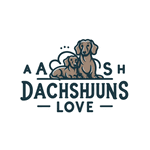In the world of mixed breed dogs, the Labradoxie—a cross between the spirited Labrador Retriever and the charming Dachshund—stands out as a truly unique and lovable hybrid. Often referred to as the Lab-Dachshund or Doxie-Lab, this breed combines the best of both parent breeds, offering a delightful mix of playfulness, loyalty, and a hint of stubborn independence. If you’re considering adding a Labradoxie to your family, this guide will explore everything you need to know about their personality, care needs, and suitability for your lifestyle.
Contents
Is the Labradoxie the Right Fit for You?
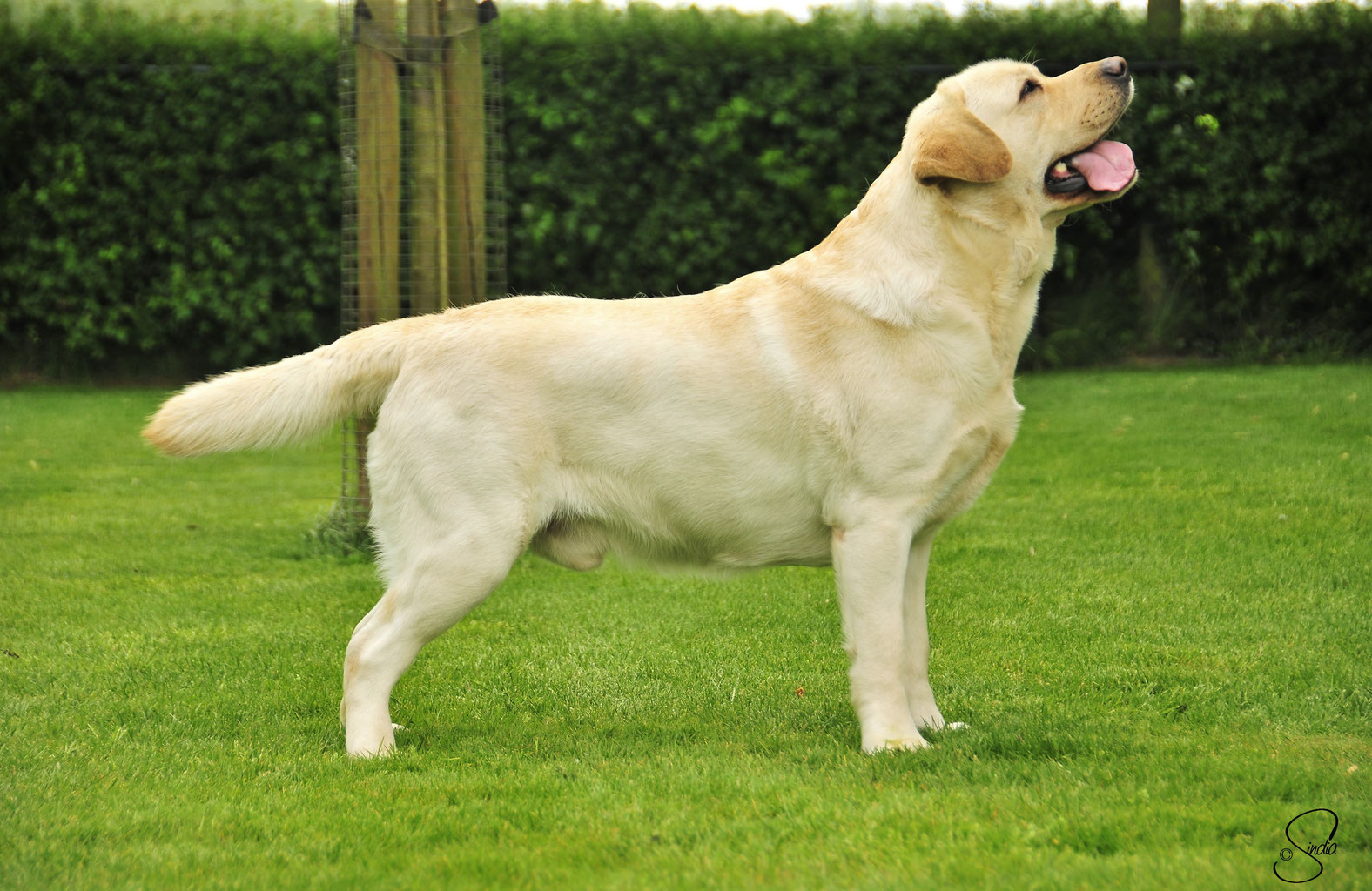
Before welcoming a Labradoxie into your home, it’s important to evaluate their suitability for your living situation and daily routine. This hybrid combines traits from two very different breeds, resulting in a dog with a unique personality and set of needs.
Energy Level
- Labradors are high-energy dogs that thrive on physical activity, while Dachshunds tend to have moderate energy levels.
- Labradoxies inherit a mix of these traits, so energy levels can vary widely. Most will enjoy regular walks, playtime, and outdoor adventures, though some may have a more laid-back demeanor.
Size
- The size of a Labradoxie can range significantly, depending on which parent breed they favor.
- Labradors: Medium to large, weighing 55–80 pounds.
- Dachshunds: Small, weighing 16–32 pounds.
- Labradoxies typically fall somewhere in between, but their size should be considered when evaluating your living space.
Grooming Needs
- Both Labradors and Dachshunds have double coats, which means moderate shedding is common.
- Regular brushing will help control shedding and maintain coat health, especially for Labradoxies with longer fur inherited from the Dachshund parent.
The Labradoxie Personality: A Unique Blend
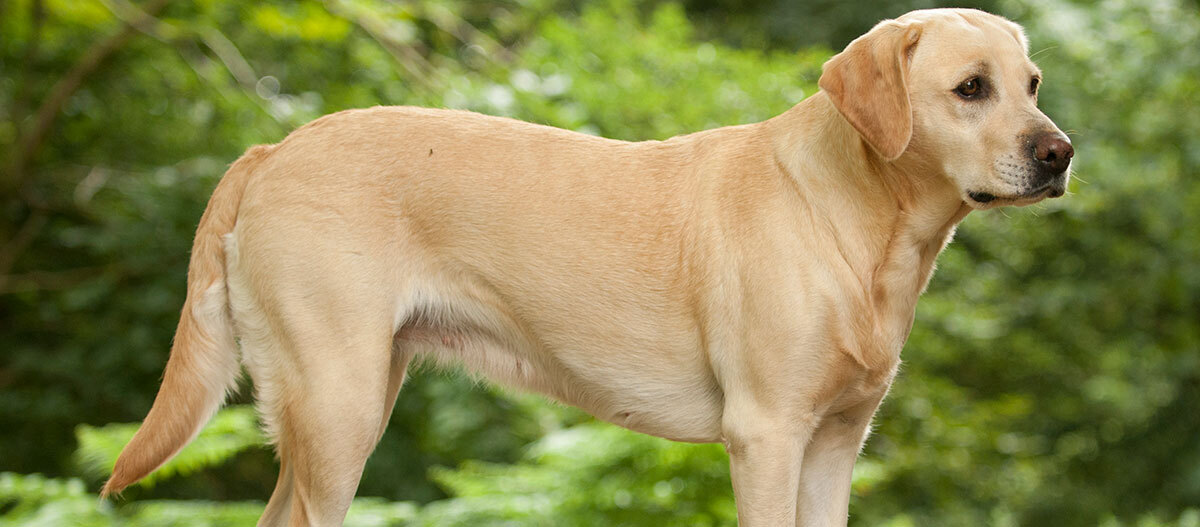
The Labradoxie inherits traits from both parent breeds, resulting in a dog that’s playful, affectionate, and occasionally headstrong.
Playful and Energetic
Labradoxies are often playful and enjoy activities like fetch, walks, and interactive games. Their Labrador heritage gives them a natural enthusiasm for outdoor activities, while their Dachshund side may bring a love of exploring and digging.
Loyal and Affectionate
Labradoxies are deeply loyal to their families, forming strong bonds with their owners. They thrive on attention and affection, making them excellent companions for individuals and families alike. Expect them to follow you from room to room and eagerly snuggle up for cuddles.
Intelligent Yet Independent
This mix benefits from the intelligence of both parent breeds, but the Dachshund’s independent streak may occasionally come through. Labradoxies are quick learners but can be stubborn, requiring patience and consistent training methods.
Caring for Your Labradoxie
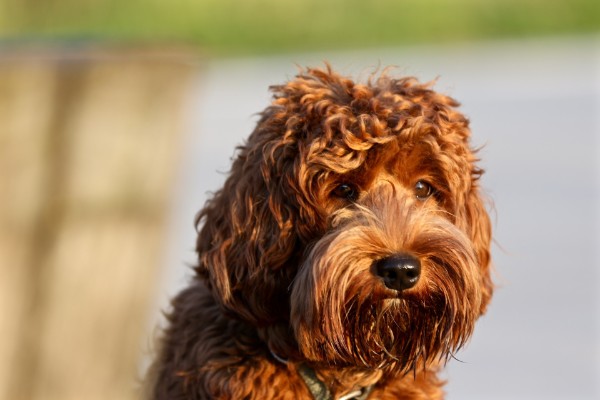
Proper care is essential to ensure a happy and healthy life for your Labradoxie. From nutrition to exercise and training, here’s what you need to know:
Nutrition
- Feed your Labradoxie high-quality dog food suited to their size, age, and activity level.
- Maintain portion control to prevent obesity, a common issue in both parent breeds that can exacerbate health concerns like joint issues or back problems.
Exercise
- Regular exercise is crucial to keep your Labradoxie healthy and mentally stimulated.
- Aim for at least 30–60 minutes of activity daily, including walks, playtime, or low-impact activities like swimming.
- Avoid high-impact activities like jumping, which can strain their spine if they inherit the Dachshund’s elongated body.
Training
- Start training early, focusing on basic obedience commands and socialization.
- Use positive reinforcement methods, such as treats, praise, and play, to encourage good behavior.
- Be patient, especially with the Dachshund’s potential for stubbornness.
Grooming
- Brush your Labradoxie at least once a week to reduce shedding and keep their coat healthy.
- Clean their ears regularly, particularly if they have floppy ears prone to infections.
- Trim nails and brush teeth to maintain overall hygiene.
Health Considerations

While hybrid vigor can reduce the likelihood of inherited diseases, Labradoxies are still prone to health issues from both parent breeds.
Common Health Concerns
- Intervertebral Disc Disease (IVDD): A condition affecting the spine, inherited from the Dachshund. Preventative measures include avoiding activities that strain the back.
- Hip and Elbow Dysplasia: Common in Labradors, this condition can cause joint pain and mobility issues.
- Obesity: Both parent breeds are prone to weight gain, so maintaining a healthy diet and exercise routine is vital.
- Dental Problems: Regular dental care is essential to prevent gum disease, especially if the Dachshund’s smaller mouth structure is present.
Living with a Labradoxie: What to Expect
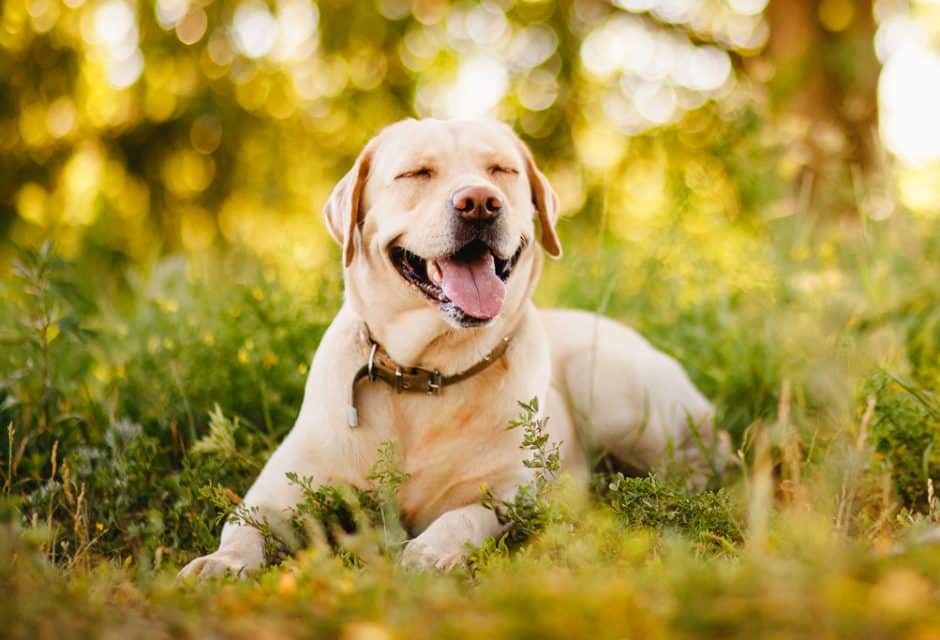
Owning a Labradoxie is a rewarding experience, but it comes with unique challenges and joys. Here are some things to keep in mind:
Socialization
Early socialization is key to raising a well-adjusted Labradoxie. Introduce them to a variety of people, pets, and environments during puppyhood to reduce the likelihood of fear or aggression.
Family Compatibility
Labradoxies are excellent family dogs, getting along well with children and other pets when properly socialized. Their playful nature makes them great companions for active families.
Apartment Living
Their size and energy level make them adaptable to apartment living, provided they receive enough exercise and mental stimulation.
Adopting or Purchasing a Labradoxie
Whether you choose to adopt or buy a Labradoxie, ensure you’re prepared for the responsibility of pet ownership.
Adoption
- Check local shelters or breed-specific rescues for Labradoxies in need of homes.
- Adopting gives a second chance to a dog and can be a rewarding experience.
Breeding
- If purchasing, research breeders carefully to ensure they prioritize health and responsible practices.
- Ask about the health history of the parent dogs and request health clearances for common genetic conditions.
Conclusion: A One-of-a-Kind Companion
The Labradoxie is a delightful mix of the Labrador Retriever’s boundless energy and the Dachshund’s charming independence. With their playful demeanor, loyal affection, and unique appearance, they can bring endless joy to the right home. However, like all dogs, they require time, patience, and care to thrive. By understanding their needs and committing to their wellbeing, a Labradoxie can become a cherished member of your family, offering years of love and companionship.
